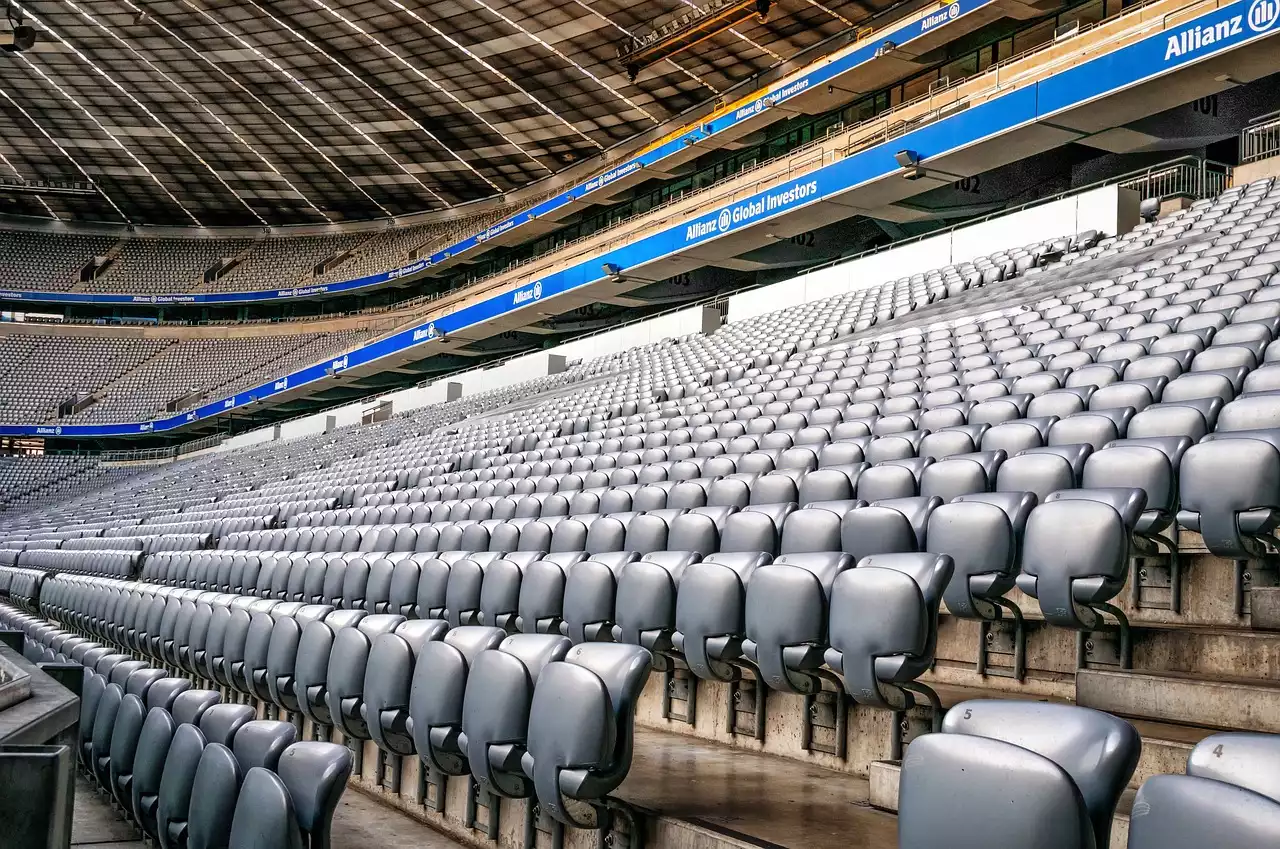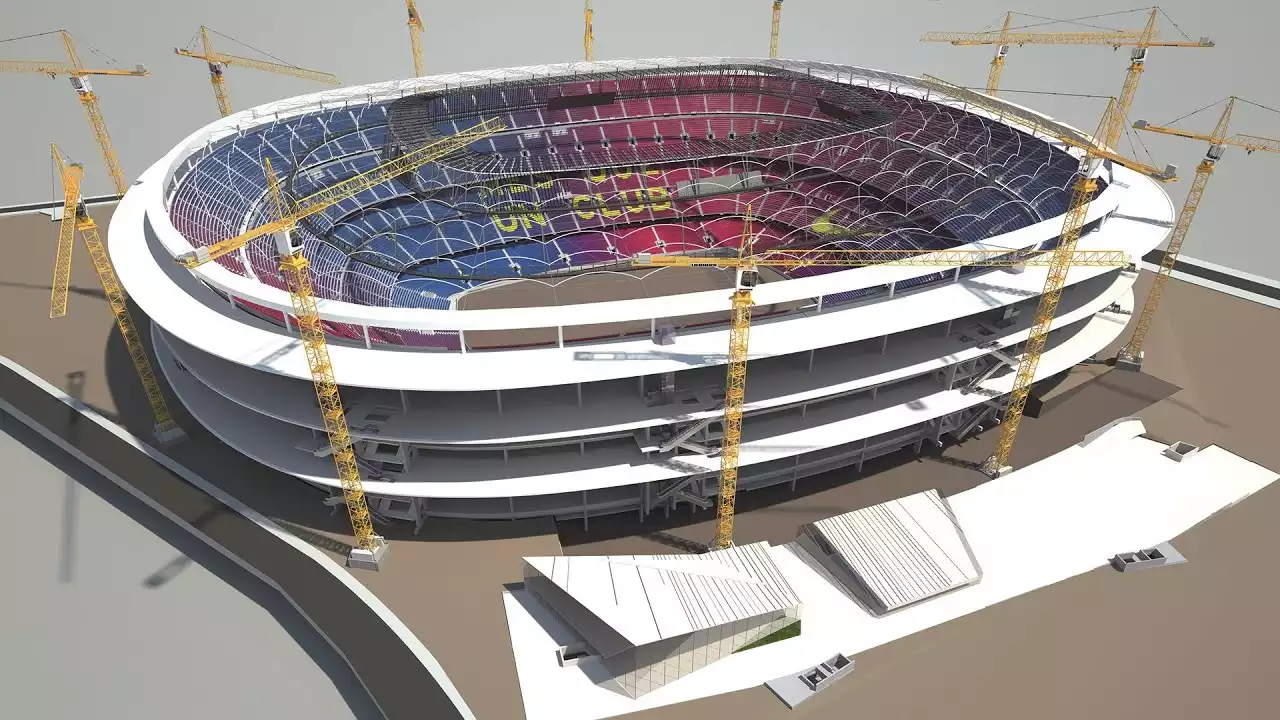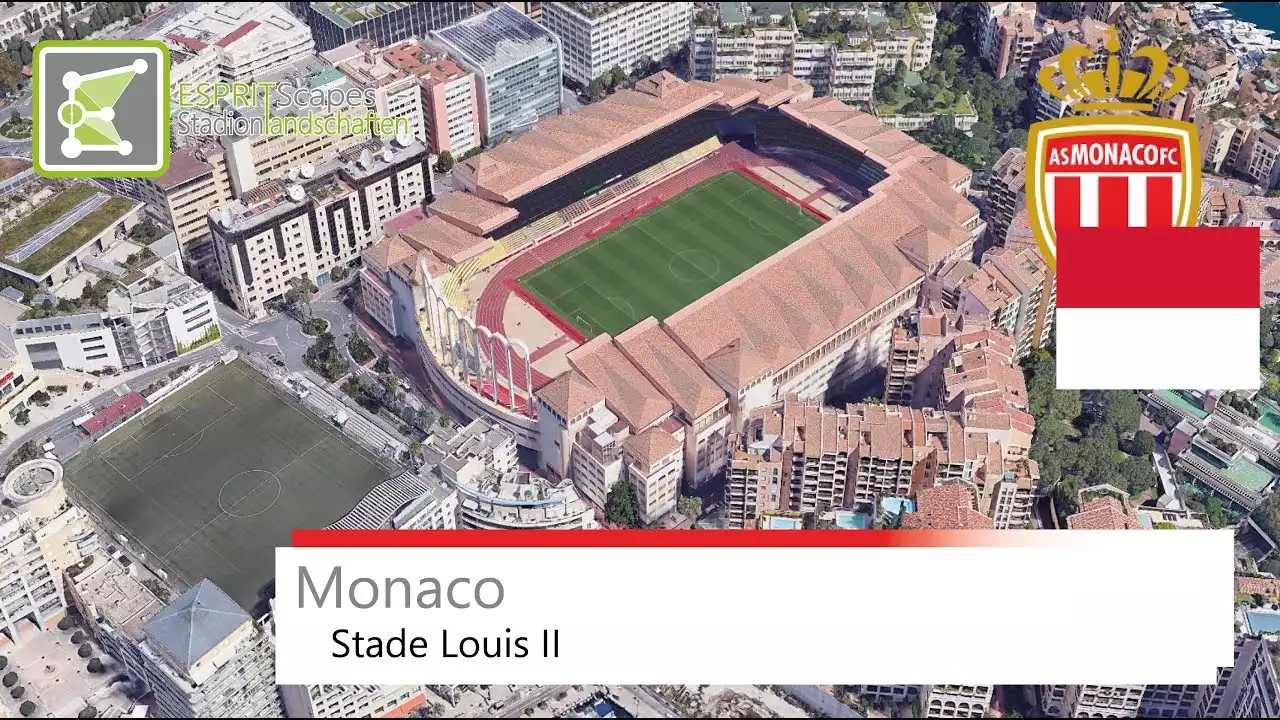Stadiums
The Super Cup has been hosted in several iconic stadiums throughout its history, each with its own unique characteristics and history. One such stadium is the Wembley Stadium in London, England. With its rich history and capacity to hold over 90,000 spectators, Wembley has become synonymous with football greatness. The stadium's distinctive arch and the famous Wembley Way create a sense of grandeur that adds to the overall Super Cup experience. Another notable stadium is the Allianz Arena in Munich, Germany. Known for its striking exterior, which can change colors depending on the teams playing, the Allianz Arena offers a visually stunning backdrop for the Super Cup. Additionally, the Camp Nou in Barcelona, Spain, stands out as one of the largest stadiums in Europe and is renowned for its impressive atmosphere.
Moving on to stadiums in different parts of the world, the Maracanã Stadium in Rio de Janeiro, Brazil, is a true footballing icon. With a capacity of over 78,000, it has witnessed some of the most memorable moments in football history. The Maracanã's history and vibrant atmosphere make it an ideal venue for hosting the Super Cup. Another stadium that stands out is the National Stadium in Tokyo, Japan. Renowned for its modern architecture and cutting-edge technology, the National Stadium offers fans an immersive experience with its state-of-the-art facilities. Lastly, the Atatürk Olympic Stadium in Istanbul, Turkey, holds a special place in the hearts of football fans worldwide. It is where Liverpool made an incredible comeback in the 2005 UEFA Champions League final, and its historical significance adds to the Super Cup experience.
Stadium architecture and design
The design and architecture of each stadium play a crucial role in shaping the Super Cup experience. Wembley Stadium's iconic arch, for example, not only serves as a structural feature but also represents the unity and grandeur of the game. The arch's presence can be seen from miles away, creating a sense of anticipation and excitement as fans approach the stadium. Similarly, the Allianz Arena's exterior design, with its illuminated façade, creates a visually stunning spectacle that adds to the overall atmosphere of the Super Cup. The Camp Nou's unique circular structure allows for unobstructed views from every seat, ensuring that fans can fully immerse themselves in the action on the pitch.
Moving to stadiums beyond Europe, the Maracanã Stadium's design reflects Brazil's passion for football. Its open-air design allows for a natural flow of air, creating a comfortable environment for spectators. The National Stadium in Tokyo, on the other hand, showcases modern architecture at its finest. With its sleek lines and futuristic design, it embodies Japan's commitment to innovation and technology. Finally, the Atatürk Olympic Stadium's design is a testament to Turkey's rich history and culture. Its unique horseshoe shape and towering stands create a sense of grandeur, making it an ideal venue for hosting the Super Cup.
Capacity and atmosphere
The capacity of a stadium plays a significant role in shaping the atmosphere of the Super Cup. Wembley Stadium's massive capacity allows for a greater number of fans to come together and create an electrifying atmosphere. The sea of supporters, all united in their passion for the game, generates an energy that reverberates throughout the stadium. The Allianz Arena's capacity, although slightly smaller than Wembley's, still provides ample room for fans to cheer on their teams. The impressive turnout and vocal support create an atmosphere that is hard to rival.
In contrast, the Camp Nou's sheer size, with a capacity of over 99,000, creates an awe-inspiring atmosphere. The sheer volume of fans chanting and cheering creates a wall of sound that engulfs the stadium, adding to the intensity of the Super Cup experience. The Maracanã Stadium's capacity, combined with the passionate Brazilian fans, creates a carnival-like atmosphere that is unmatched. The vibrant colors, music, and chants all contribute to a unique atmosphere that showcases the passion and love for the game in Brazil.
Amenities and facilities
The amenities and facilities available at each stadium also contribute to the overall Super Cup experience. Wembley Stadium, for example, boasts a wide range of amenities, including multiple food and beverage options, luxurious seating areas, and state-of-the-art facilities. The attention to detail and the focus on fan comfort elevate the Super Cup experience to new heights. The Allianz Arena offers similar amenities, with a variety of food and drink options and comfortable seating arrangements.
The Camp Nou, being one of the largest stadiums in Europe, provides fans with a plethora of amenities. From numerous concession stands to spacious lounges, fans have plenty of options to enhance their Super Cup experience. The Maracanã Stadium, with its rich history, offers visitors a chance to explore football memorabilia and learn about the stadium's significance. Additionally, the National Stadium in Tokyo provides fans with a range of modern amenities, including high-tech screens, comfortable seating, and an array of food options.
Location and accessibility
The location and accessibility of a stadium can greatly impact the Super Cup experience. Wembley Stadium's location in London makes it easily accessible for both local fans and international visitors. Its proximity to public transportation and various accommodation options ensures that fans can reach the stadium with ease. The Allianz Arena, located in Munich, offers a picturesque setting surrounded by greenery. Its accessibility via public transportation and ample parking facilities make it a convenient choice for fans.
The Camp Nou's location in Barcelona, with its vibrant city life and cultural attractions, adds an extra dimension to the Super Cup experience. Fans can explore the city before and after the match, immersing themselves in the local culture. The Maracanã Stadium's location in Rio de Janeiro, with its beautiful beaches and iconic landmarks, provides fans with a unique opportunity to combine their love for football with a tropical getaway. The National Stadium in Tokyo's central location allows fans to easily access the stadium from various parts of the city, thanks to its well-connected transportation network.
History and tradition
The historical significance and traditions associated with each stadium add an extra layer of excitement to the Super Cup experience. Wembley Stadium, with its rich football history, has witnessed countless iconic moments. The stadium's legacy, including past Super Cup matches, creates a sense of nostalgia and reverence among fans. The Allianz Arena, although relatively young compared to other stadiums, has already built its own traditions and iconic moments. The stadium's role as the home of FC Bayern Munich and its success in domestic and international competitions contribute to its allure.
The Camp Nou, as the home stadium of FC Barcelona, has its own storied history. The famous "Mes Que Un Club" motto and the traditions of the club are deeply ingrained in the Super Cup experience at the Camp Nou. The Maracanã Stadium's history, including hosting the FIFA World Cup final, adds to its legendary status. The National Stadium in Tokyo, as a symbol of Japan's sporting heritage, carries a sense of national pride and tradition. The Atatürk Olympic Stadium, with its unforgettable comeback by Liverpool in the 2005 UEFA Champions League final, has become a symbol of resilience and determination.
Fan culture
The unique fan cultures and supporter groups at each stadium play a significant role in shaping the Super Cup atmosphere. Wembley Stadium, being the home of the England national team, attracts passionate and vocal supporters who create an electric atmosphere during Super Cup matches. The Allianz Arena, with its "Yellow Wall" and dedicated fan sections, showcases the vibrant and dedicated fan culture of FC Bayern Munich. The Camp Nou's famous "culés" are known for their unwavering support and loyalty to FC Barcelona.
The Maracanã Stadium is renowned for its exuberant and passionate Brazilian fans. The samba rhythms, colorful costumes, and infectious energy create a unique and lively atmosphere that makes the Super Cup experience truly unforgettable. The National Stadium in Tokyo, with its dedicated supporter groups and coordinated chants, highlights the discipline and dedication of Japanese football fans. The Atatürk Olympic Stadium, with its passionate Turkish supporters, adds an extra level of intensity and fervor to the Super Cup atmosphere.
Technology and innovation
Technological advancements and innovations implemented at each stadium further enhance the Super Cup experience. Wembley Stadium, known for its state-of-the-art facilities, incorporates innovative features such as high-definition screens, interactive fan zones, and advanced sound systems. These advancements create a fully immersive experience for fans, ensuring that they don't miss a single moment of the Super Cup action. The Allianz Arena's cutting-edge lighting system, capable of changing colors, adds a visual spectacle to the Super Cup matches.
The Camp Nou, with its advanced audiovisual technology, provides fans with high-quality replays and close-up views of the action. The Maracanã Stadium, with its modern video screens and digital displays, allows fans to stay updated with the match while soaking in the vibrant atmosphere. The National Stadium in Tokyo's technological innovations, including high-speed internet access and interactive touch screens, enhance the overall fan experience, allowing them to engage with the event in new and exciting ways.










